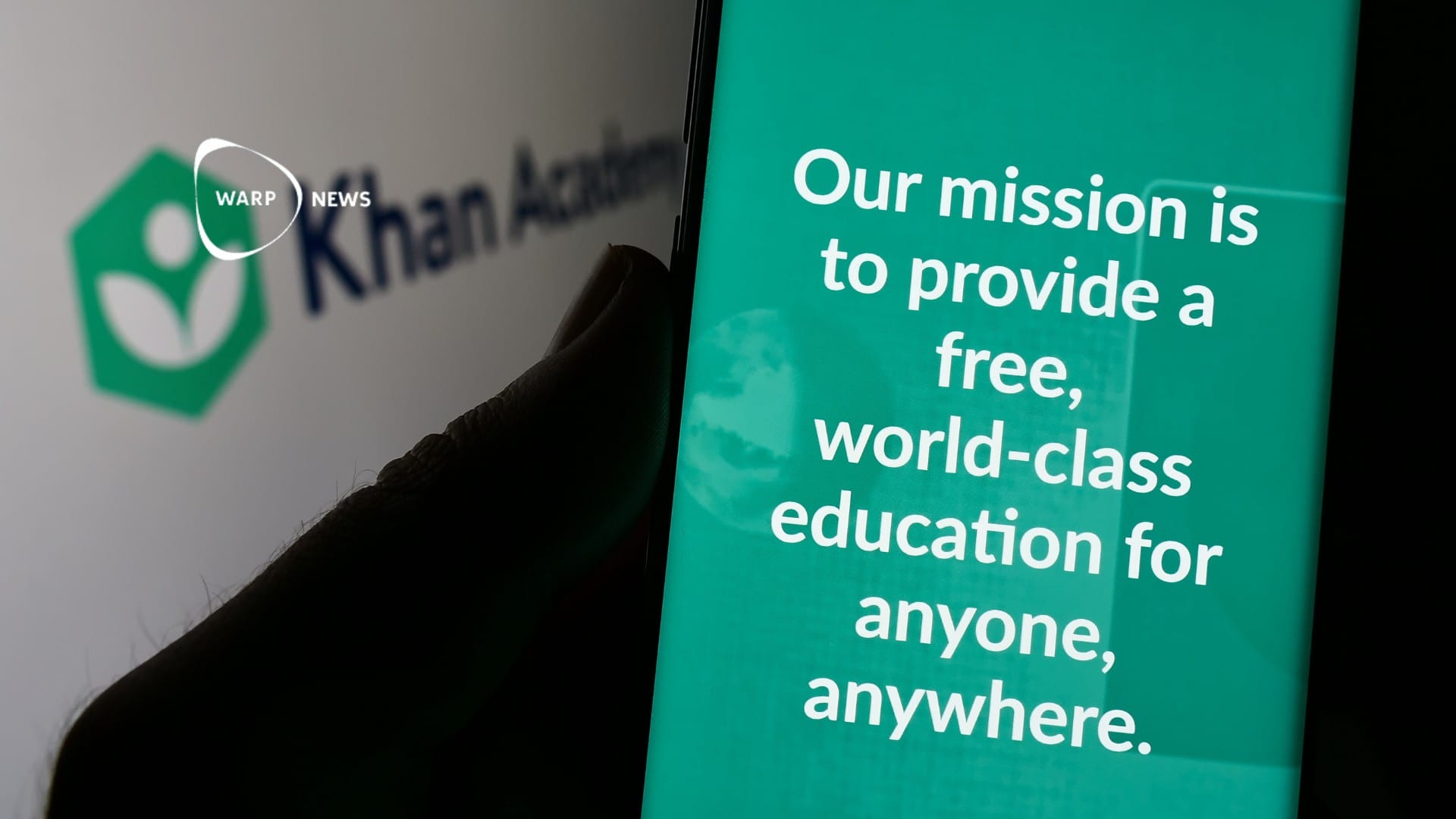
🔭 Deep learning machine ExoMiner validates 301 new exoplanets
301 potential exoplanets from the Kepler archive have now been validated through a new deep learning method, making the total amount of known planets outside of our solar system close to 5000.
Share this story!
ExoMiner, a new deep neural network, has validated 301 exoplanets after processing data from the Kepler space telescope's archive.
A deep neural network is a kind of machine learning, meaning that it automatically learns a task if you feed it enough information. ExoMiner has "been told" how scientists identify whether something is a planet or not and then processed large amounts of data left from the Kepler Space Telescope to determine if there are any exoplanets previously undiscovered.
By using this new method, scientists will be able to process much larger quantities of data than before. Since this is a highly time-consuming activity for human beings, it is a significant breakthrough for astronomy and potentially for other fields later on.
The deep neural network is also more apt for scientific use since it is no mystery to how it operates. Jon Jenkins, an exoplanet scientist at NASA's Ames Research Center, says earlier machine learning methods were like a black box, where you did not know how they came to their conclusions. However, with ExoMiner, researchers can easily determine what pieces of data led the machine to either reject or accept an object as a planet, which makes it a more reliable tool for research purposes.
After training ExoMiner with the data from Kepler, the researchers aim to make further adjustments in order to move on to new missions. Next in line is The Transiting Exoplanet Survey Satellite (TESS), which is specifically searching for Earth-like planets. None of the newly validated exoplanets for the Kepler archive are believed to be Earth-like nor to be located within the solar systems habitable zone.
Image: The 6-Earth-mass exoplanet Gliese 667Cb orbits its low-mass host star at a distance equal to only 1/20th of the Earth–Sun distance. The host star Gliese 667C is a companion to two other low-mass stars, which are seen here in the distance. Source: Wikimedia Commons
By becoming a premium supporter, you help in the creation and sharing of fact-based optimistic news all over the world.


